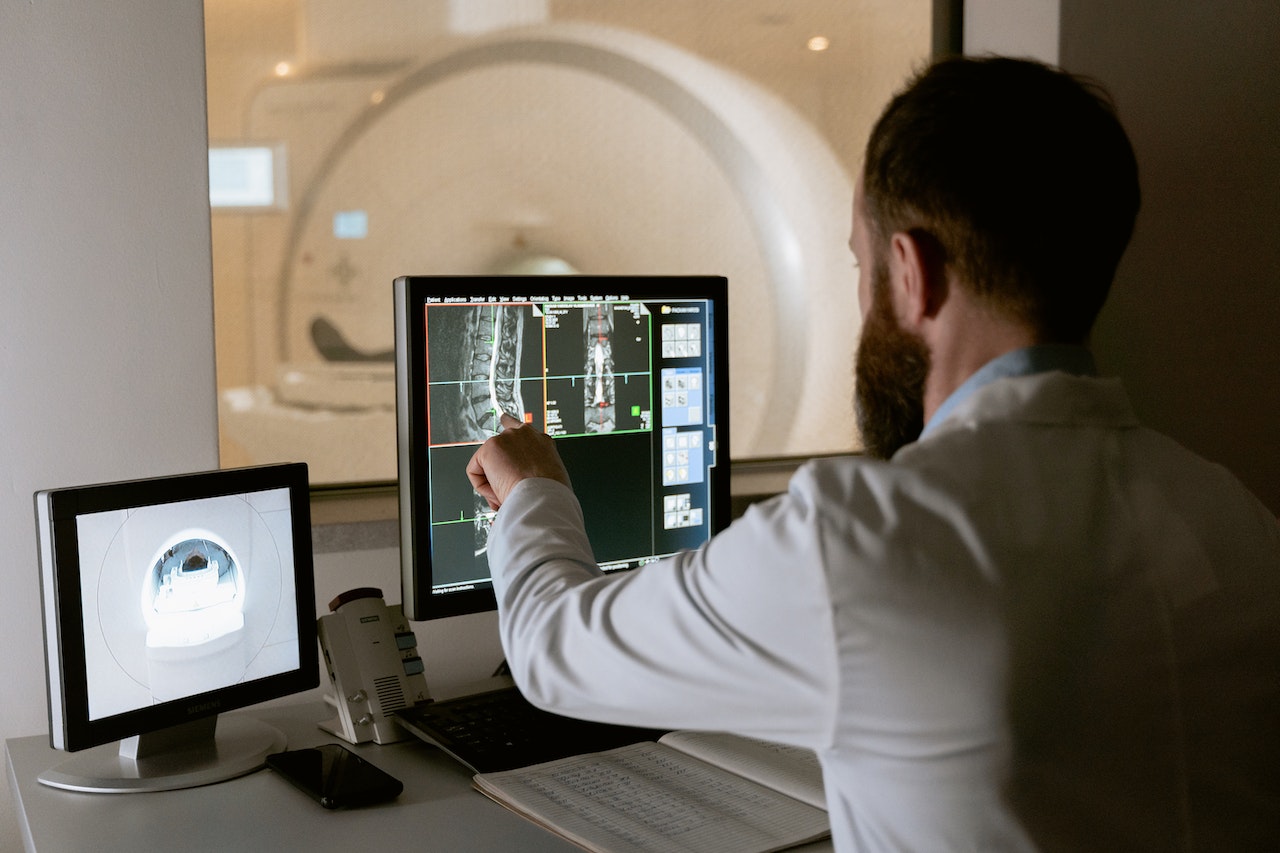This short article, written by Dave Fornell and published by Radiology Business, summarizes an insightful interview with KLAS Research industry expert Monique Rasband, vice president of imaging, cardiology and oncology.
Ms. Rasband’s list of imaging informatics trends aligns closely with Freeland’s AccessPoint® Connected Care Solutions latest offerings, including StudyShare™ secure study exchange, cloud-native infrastructure, and structured reporting frameworks adaptable for all imaging exam types.
You can find the original article at this link: 6 key trends in PACS and radiology informatics observed by KLAS
Dave Fornell | September 29, 2022 | Radiology Business
Monique Rasband, vice president of imaging, cardiology and oncology, KLAS Research, shares some of technology trends KLAS researchers have seen in radiology PACS and related imaging informatics systems. KLAS is a healthcare IT market research firm that covers all areas of health informatics by speaking with healthcare professionals to get candid feedback on vendor product performance, their needs and what ideal IT solutions would look like.
1. Change in direction for radiology informatics
The COVID-19 pandemic overnight created an explosion of interest in telemedicine, remote access to patient data and imaging, and the ability to share images and reports remotely. For radiology departments that were already nothing these things, they had an easy time during the pandemic transitioning to remote work and telehealth. For imaging departments that had not yet transitioned, their hospital administrations and informatics departments saw value in these newer imaging informatics technologies.
“The pandemic was interesting in that it showed the capabilities of newer IT systems, and radiology had been ahead on this prior to the pandemic,” Rasband said. “So when you talk about remote access, cloud and image exchange, there were providers who asked KLAS about this. Now, does this mean there was a lot of purchasing or upgrades going on, no. But it felt like the pandemic gave providers some time to breath and room to think about their strategy, and in some cases we had CIOs said ‘OK, I get what my imaging team was talking about,’ and it showed them why they need to move in a different direction. The pandemic really showed for those radiology departments that had already adopted these technologies prior to COVID, there was a real advantage there.”
2. Transition toward electronic image exchange and limitation of CDs
Image exchange technologies that enable electronic sharing of images to referring physicians and across hospital enterprises also came out as an important trend during COVID, helping accelerate its adoption in the next few years, Rasband said.
“A lot of hospitals are asking why are we burning so many CDs,” Rasband said. “Many hospitals that did not want to burn CDs do so because we as patients like to hold this tangible thing and say this is my image. But during COVID, we now had patients and providers that did not want to go to a hospital to pick up a CD, they did not want to take it to another facility. So this was a push in the right direction toward electronic image exchange because hospitals were able to see how easy it was to use.”
3. Growth in enterprise imaging to include other hospital specialties
As pathology moves toward electronic imaging and reporting it has become one of the big growth areas for enterprise imaging, Rasband said. While enterprise imaging systems usually start out as a way to solve radiology archive storage issues and to enable easier sharing of imaging and reports, many other departments can benefit from this centralized storage and data access system. Digital pathology creates a large amount of data that is easier to manage and access in a centralized database, so it has seen a lot of buzz on the expo floors at both the Healthcare Information and Management Systems Society (HIMSS) and Radiological Society of North America (RSNA).
“We also get a lot of requests for information enterprise imaging for ophthalmology, point-of-care ultrasound (POCUS), dental PACS and cardiology,” Rasband explained. She said cardiology is usually the second largest area where KLAS sees enterprise imaging integration after radiology.
4. PACS is still a larger market than enterprise imaging
In terms of new radiology IT systems sales, Rasband said PACS is still outperforming enterprise imaging purchases.
“If you look at new purchases, right now, PACS is by far leading,” she explained. “This is because there are a lot of aging systems and legacy systems that are being replaced, there is a lot of energy around PACS. I always tell providers to be cautious about comparing the numbers, because it is not necessarily that one technology is more popular, it is really just because of the time in replacing legacy systems.”
She said several vendors also have moved toward updated PACS system platforms, so hospitals are upgrading to the newer platform.
5. Radiology continues to move toward cloud storage
KLAS has observed adoption of cloud storage has been growing in radiology the past several years. This allows image and report data storage to be housed off-site at commercial, secure server farms and access with encryption via the web. This allows server maintenance and the constant need for more data storage to be outsourced so hospital IT teams can concentrate on core duties.
Rasband said for hospitals that are using cloud storage, most are not using 100% cloud-based storage. This is especially true of larger hospital system where a large portion of their archive is still on site. Often it is smaller sites that have achieved higher cloud usage.
“Cloud is definitely coming, but it is still very early and still is being used mainly at smaller facilities,” Rasband said.
6. Artificial intelligence is seeing growing use but it is still early
“We get a lot of calls about AI and a lot of providers feel like they are behind in adoption, but we tell these providers that it is still early and that we really are just getting started,” Rasband explained.
Some providers have reported to KLAS that they have adopted a handful of AI algorithms and a few have stood out as being a big help and working very well. Rasband expects to see a steady increase in the adoption of AI application in a variety of roles across healthcare in the coming years.




